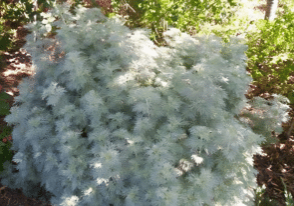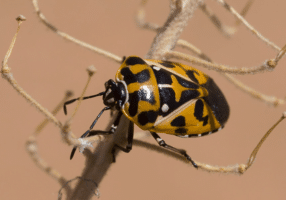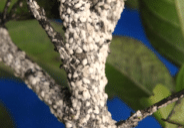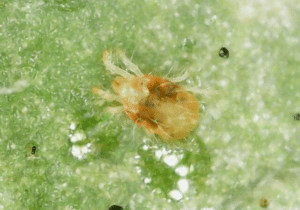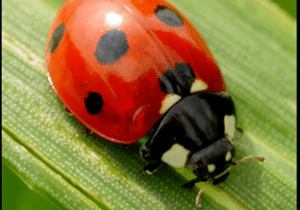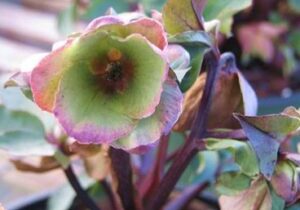by Steve Pulliam
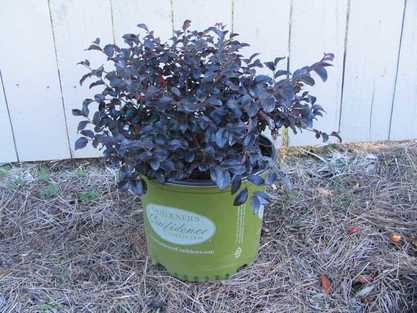
"For everything there is a season ..."
Ecclesiastes 3:1

Steve Pulliam earned his MA and BS degrees from Columbia International University. He is the President of IntegrityWorks, LLC and HomeScape Carolina. He has worked in the landscape industry for 20 years as a Contractor, Designer, Arborist and Consultant. He has also worked as a free lance graphic designer, illustrator and writer and has over 10 years experience in educational technology, multimedia development and marketing.
SO, when is the best time for planting trees and shrubs in the Carolinas? I am often asked this question by folks who are considering landscape options around their home. I generally answer with another question, such as; what are you trying to accomplish? The question of "best" really needs to be qualified before it can be answered with any measure of assurance.
"Best" becomes a relative term that is more often defined by a set of objectives or goals. For example, if I am putting in a new swimming pool in the spring and have planned on a number of ornamental trees and shrubs as part of the overall landscape design, my purposes are going to be perhaps best served by installing those plants right after construction takes place, but before the intense summer heat arrives.
Or, as another example, what if it's early August and I have deep concerns about a sloped area in my front yard where the soil continues to erode away with every rain storm. And perhaps I am interested in planting something that could quickly establish an underground network of roots to hold the soil in place before the rainy season comes- which could cause even more erosion. Though August is not generally the best time to plant, in this case it may be the best time for installation to abate the erosion particularly if the September rainy season is near which could cause even more erosion.
While there are many more examples that could be given, understand that "best" is relative to each situation and should never be confused with "ideal".
That said, fall is definitely the ideal time to install container trees and shrubs as well as large ball-and-burlap or wire basket trees for a couple of reasons:
1) The amount of stress is reduced considerably on a tree or shrub when summer's extreme temperatures have diminished. Less watering is needed to supply the plant's hydration needs and less evaporation occurs at the soil level so the plant is better able to utilize what is in the ground.
2) When the ground temperature begins to drop there is a direct correlation to a plant's metabolism. Its nutritional needs begin to change; the photosynthesis process begins to diminish as the plant begins to utilize stored carbohydrates to over-winter. The energy shift from producing new leaves and shoots now moves to the root system of the plant as it begins to prepare for winter.
As plants begin to enter a dormant state, it can be planted or transplanted with much less stress. The added benefit is that it allows for the roots of the plant to get fairly established during the cooler seasons before the dreaded heat of summer returns.
Circumstances typically dictate needs, therefore fall planting may not be possible in every situation. The second best option is springtime. The weather is still cool enough so that the plant has ample opportunity to get settled in before the heat begins to intensify.
First things first - Considerations
The preliminary work of ascertaining what to plant and where to plant should be of first consideration and will save you a tremendous amount of frustration and money in the long run.
As you begin to think about what you would like to plant, give serious thought to the environment around your home. Consider the amount of shade vs. available sunlight as well as growing space (this is particularly important for trees). Soil structure or composition (ratio of sand vs. clay as well as composted material available in the soil) is also important. Note the cold hardiness zone that you live in. (SC midlands 8a; SC upstate 7a-7b; SC Low Country 8b). For a complete listing there are many maps available on line.
Such questions get to the point of a plant's ability to not only adapt to the environment but to thrive. You will want to try and match the right kinds of plants to suit your environment or else you will need to try and alter your environment. So do your research before jumping in!
Other questions need to be asked as well: What purpose will the plant serve? Besides providing beauty, do you want to produce a hedge or a privacy screening? Do you want a flowering plant? How much annual maintenance is required? What is the plant's level of resistance to disease and pests? And - very important - what is the mature size of the plant (in South Carolina, you might want to add an additional 15-20%!!).
These types of questions help you achieve your long-term goals so that you are not blind-sided later on with some monstrosity that you did not anticipate.
Additional considerations
Regardless of when you plant, there are certain "best" practices that will help you to be successful. First, if buying from a local nursery, it is a good idea (if possible) to pull the shrub or small tree out of the pot and examine the roots. Many times, if plants sit in a container too long, they become root bound in the pot.
Second, consider purchasing some type of compost material to help aid in nutrient and water holding capacity for the soil (preferably one that is low in nitrogen). There are a variety to choose from and they serve different purposes. If you are not sure which one is appropriate, ask your local nursery for help before purchasing.
Planting practices
When planting, dig a hole that is twice the width of the root ball of the tree or shrub. Carefully cut away the container from around the root-ball with a sharp utility knife. If you are planting a large tree that is in a wire basket, be sure to cut away at least the top one-third of the wire - after the tree is placed in the hole - to avoid future problems such as girdling. For a ball and burlap tree, cut away all binding twine and fold back the burlap from the top of the root-ball to allow for easy water movement into the root-ball. Ad any composted material to the hole at this time mixing it in with the native soil at a ratio of about 80-90% native soil to about 10-20% compost.
For shrubs, cut away any circling roots that might cause girdling later on. Girdling roots can cut off vascular tissues in the plant and can lead to a host of problems, including death. Additionally, cut vertically down the length of the root ball 1 to 2 inches deep in several places around the root-ball. This will enhance the distribution of new roots in the surrounding soil.
When placing the tree or shrub in the planting hole be sure to not bury it too deep. The hole should never be deeper than the root ball. Because oxygen levels are low at the bottom of planting holes, the roots of a tree or shrub can suffocate or rot if planted too deeply, particularly if the soil is dense clay. The root ball ideally should be slightly above grade - typically about an inch. When planting in dense clay where drainage is poor, the plant should be planted more shallow with as much as 2-4 inches above grade depending on the size of the root-ball.
Do not pack the soil too hard when back-filling. Breaking up large clods, utilize the soil dug out of the hole to backfill in around the root-ball in layers trying not to leave any large air pockets. When finished, the soil should be firm enough so that the plant can stand vertically on its own. For larger trees, staking or strapping may necessary to provide additional support.
Finally, create a 3 inch high water ring around the plant to help retain water near the root ball. Many plants die unfortunately from too little or too much water in the first few months after planting. It is important at this stage to maintain sufficient moisture in the soil without saturating the soil.
Keeping these practices in mind will help get you off to a good start and increase the probability of long-term success.

